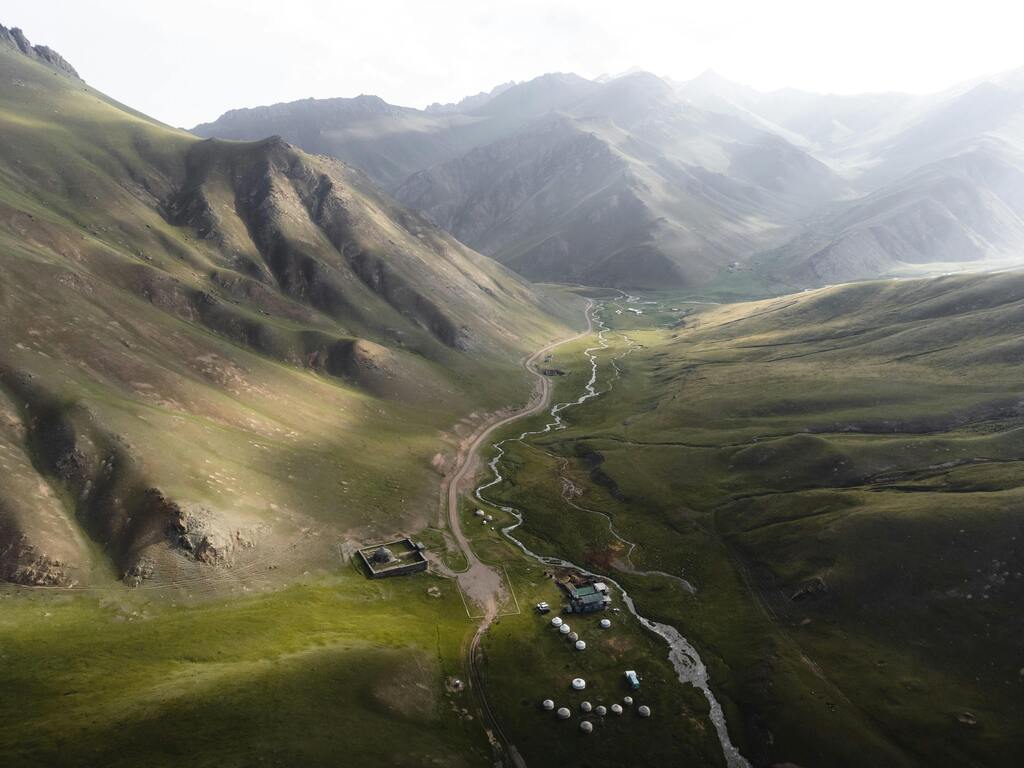

Are you wondering when the best time to go to Thailand is? Here are some useful tips regarding climate and temperatures.
The best time to visit Thailand
Thailand is an exotic destination, popular amongst numerous travellers for its heavenly beaches, islets surrounded by nature and splendid unspoilt landscapes.
No one wants their Thai tour ruined by weeks of intense and non-stop rain. As you can imagine, weather conditions and temperatures play a crucial role in the trip’s success, i.e. enjoying a warm climate without getting too drenched.
Here we shed some light on these topics with a mini-guide on the climate and seasons of this country.

Thailand’s climate
Thanks to its geographical location, Thailand is an ideal destination at any time of the year, albeit with certain caveats on the best times to visit certain places and avoid others.
It has a tropical climate, with different seasons from those in the UK. Its particular geographical configuration creates numerous microclimates with temperatures that vary from place to place.

Generally speaking, three distinct seasons can be identified:
- The hot season, with high temperatures, lasts from March to mid-May;
- Determined by the south-western monsoon, the rainy season begins in May and doesn’t end until October;
- Relatively cool depending on the area, the dry season runs from mid-October to February with the arrival of the northeastern monsoon.
The climate in the north-central area
In north-central Thailand, where Chiang Mai is located, the climate is hot all year round except for winter. During this period the average temperature drops to 12-13°C. Temperatures jump sharply in February, reaching 34°C with peaks above 40°C at the peak of the hot season. The monsoon period runs from May to October and is initially characterised by abrupt storms, which gradually become more intense, especially between August and September.
Central and northern Thailand have the ideal temperatures for everyone seeking sun, relaxation and fun.
The climate in Bangkok and southern Thailand
In the south and the capital Bangkok, the climate is characterised by fairly high temperatures, even during winter. The maximums are around 31-32°C, while the minimums don’t drop under 22°C.
Between March and May, temperatures increase due to the proximity of the sea, which makes the heat more humid. It can also reach 38°C and the humidity is intense even at night.
From mid-May, the monsoon wind brings a drop in temperature; humidity increases while showers and thunderstorms cool you down a bit.
The climate of the west coast
On the Andaman Sea, the west coast includes the Phi Phi Islands, Krabi and Phuket, and are characterised by low rainfall and a low level of humidity from November to March, with daily temperatures around 26-30°C.
So slip into your swimsuits and put on those sunglasses and head on down to the beach!
If your mind is fixated on a boat trip to admire the surrounding landscape, don’t forget your sunscreen and a hat to protect yourself from the sun.
From March/April to May there is a surge in temperatures (over 30°C) and humidity but rainfall is low. The rainy season starts at the end of May and lasts until October. Initially short and occasional, rainfall becomes more frequent and intense in the later months. If you decide to venture into the Land of Smiles in this period, then raincoats and an umbrella are a must-have.

Another suggestion is to keep an eye on the weather. This site is for you.
When to visit Thailand: the best period to set off
The Thai tropical climate offers the ideal conditions for a pleasant holiday between November and February, periods with less frequent rainfall and milder temperatures.
The recommended zones vary according to the period of the year:
From December/January to March we recommend the coastal section that includes Phi Phi Islands, Phuket and Krabi, while from January/February to April, head to the southern coasts of the Gulf of Thailand.

What to put in your backpack for Thailand
After choosing the destination and period, when travelling to places so far away, the first question is: what do I stuff in my backpack?
In general, forget any heavy clothes that would never be worn. If in doubt, dress in layers and bring a jacket or sweatshirt to wear when necessary.
For an on the road tour, you need comfortable shoes and put these items in your backpack:
- sunglasses
- sunscreen
- insect repellent (life-saving)
- scarf
- shorts
- long trousers, essential for accessing temples where a stiffer dress code is requested.

What to do when it rains
When you imagine a trip to Thailand, your mind immediately pictures the sun, sea and relaxation on the beach. Is that not so? So, what to do if you encounter rainy days that prevent you from enjoying the crystal clear sea?
Contrary to popular belief, this heavenly land has so much to offer, so expect plenty of alternative activities.
When the rains are short and not very intense, you can admire breathtaking landscapes under the cool drizzle from the Thai sky.

When the rainfall becomes more frequent, you should visit the immense artistic and cultural heritage of the museums of Bangkok, Ayutthaya, Chiang Mai or, more generally speaking, the centre-north.
Do you love shopping and can’t wait to buy clothes at lower prices? In this case, immerse yourself in an intensive shopping session in one of the numerous markets or shopping centres that animate the Land of the Smiles!

In conclusion, Thailand is a tropical country that can be visited at any time of the year, using the right precautions due to the different climatic bands that influence the territory.
Do you want to know what you should visit in Thailand? Read our article!



